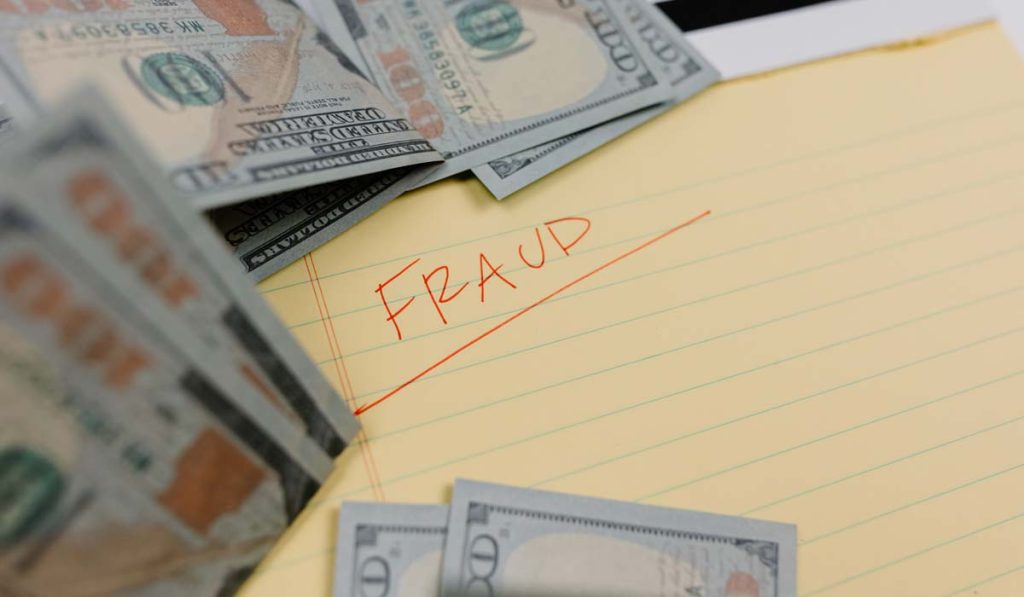
Any persons or entities with evidence of fraud against federal programs or contracts may file a Federal Qui Tam Lawsuit for the party to recover damages.
The term “Qui tam” is a shortened version of the Latin phrase “qui tam pro domino rege quam pro se ipso in hac parte sequitur.” The translation of the phrase is: “[he] who sues in this matter for the king as [well as] for himself.” In the United States, as there is no king, an individual plaintiff may file a lawsuit on behalf of the government — Federal or State — for the purpose of recovering damages that the government has sustained as a result of another party who has made false claims to the government. A party who has submitted false claims to the government has committed fraud against the government.
A federal False Claims Act (“FCA”) allows individuals to file a lawsuit (a “Qui Tam”) on behalf of the federal government to recover damages. There is a statute of limitations on bringing a Qui Tam claim. The individual who files such a lawsuit is called a “relator.” Sometimes the relator is called a “whistleblower.” The relator takes on the legal position of standing in the shoes of the government and does not allege any personal injury. Usually the relator is an employee or former employee. However, a relator may also be a competitor, a relative of an employee or anyone else who is aware of the fraud committed against the government. Personal knowledge of the fraud is not required as the plaintiff may have found out the information from someone else.
A Qui Tam lawsuit is initiated by filing a Complaint in a United States Federal District Court “under seal.” This means that the lawsuit is not disclosed to anyone except the government’s prosecutors and the court. At that time the defendants are not told about the lawsuit.
By filing the lawsuit “under seal” the government’s prosecutors will have time to investigate the allegations. The seal remains for 60 days. However, sometimes the seal time may be extended for years. During that time the government investigates and decides whether or not it will pursue the case.
As part of the lawsuit filing the relator includes a Disclosure Statement. This statement is served on the local United States Attorneys’ Office and the Department of Justice in Washington D.C. The Disclosure Statement is not filed with the court. The Disclosure Statement presents a narrative of the fraudulent acts along with information about evidence and witnesses. A Disclosure Statement is similar to the document that a prosecutor would present to a grand jury in a criminal case. It must have enough information and detail to convince the government’s prosecutors that there is sufficient information about fraud for them to take action. This document will act as a roadmap for subsequent investigation. It must articulate how the fraud occurred. If the Disclosure Statement is not compelling the government prosecutors may decide not to begin an investigation
If the government’s prosecutors decide to investigate the relator and his or her counsel must be prepared to cooperate with them. This may include reviewing documents, assisting with the preparation of subpoenas and affidavits for search warrants, and providing witness information.
Once the investigation is complete, the government will decide if the case has merit and whether it will intervene in the case. At that time the defendants will be given notice of the Quit Tam lawsuit. Potentially the case may be resolved before being unsealed if negotiations take place and are successful. If negotiations are unsuccessful, the case will be unsealed and the government and relator will proceed against the defendant in the civil suit.
If the government declines to intervene, the relator may go forward with the lawsuit alone. Once the case is unsealed, the court will treat it as any other civil litigation.
If the court finds the defendant liable for fraud the defendant must pay three times the government’s losses plus $5,500 to $11,000 for each false claim. If there is a settlement the government may forego the civil penalties and accept two or three times the value of their damages. Additionally, the defendant must pay the fees and the case-related expenses of the whistleblower’s attorney.
Under the False Claims Act the relator/whistleblower is entitled to 15 to 30 percent of whatever amount the government recovers. The percentage of the claim to the whistleblower varies depending on certain factor including whether or not the government intervened.